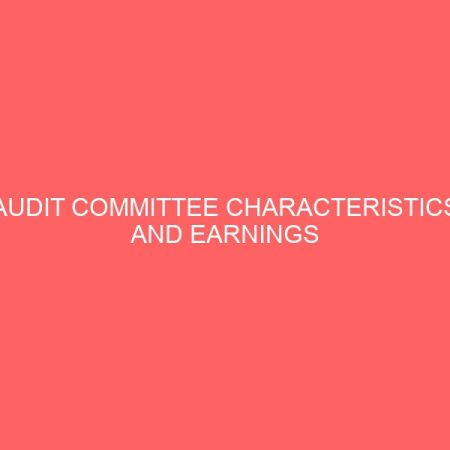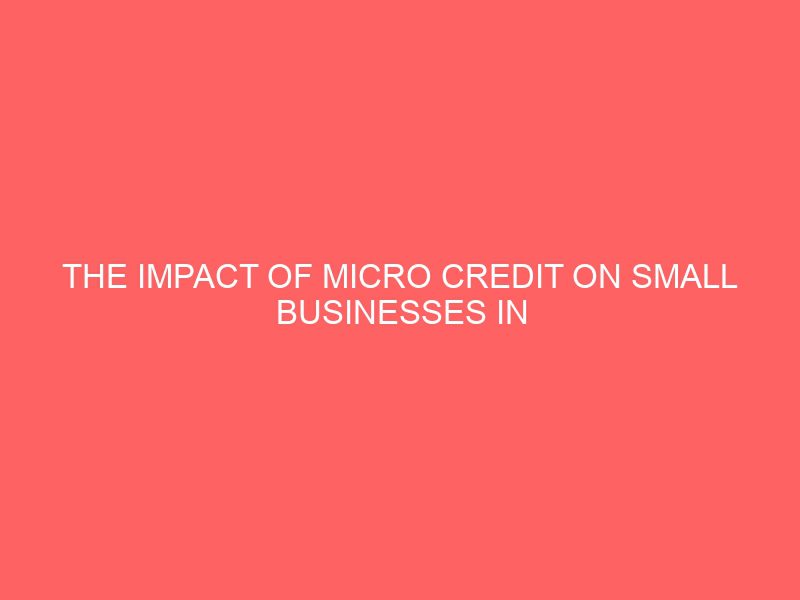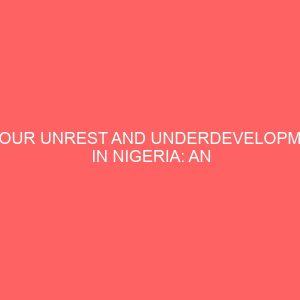Description
CHAPTER ONE INTRODUCTION 1.1 Background of the Study In recent years, most of the countries across the globe are in a sweeping mood to promote micro finance institutions not only as a positive rural development intervention but also as a rural development panacea. Allured by the success of micro credit institutions in developed countries, the developmental economists in under developed and developing economies have increasingly become enthusiastic in the promotion of micro credit as a rural development intervention, by tying it neatly with post-liberal development ideology. It must be pointed out that, although the basic philosophy behind the micro credit movement is to eradicate poverty as it stimulates the growth of micro enterprises by developing new markets and by promoting a culture of entrepreneurship, it involves minimal state intervention, thereby shifting the focus of attention away from the society towards individuals. As it has been asserted, the economic giants of the world developed their economies by relying on formal credit institutions through the development of their capital markets. But these formal credit institutions have on the whole failed to provide credit to the poor in the underdeveloped countries for many obvious reasons, Von Pischke (1991) Micro-finance is generally an umbrella term that refers to the provision of a broad range of services such as deposits, loans, payment services, money transfers and insurance to poor and low-income households and their micro-enterprises (Khawari, 2004). In a much narrower sense though, micro-finance is often referred to as micro-credit for tiny informal businesses of micro-entrepreneurs. An outstanding feature of micro-finance programmes is that the end users of the services are by definition the poor, the ones who benefit.







